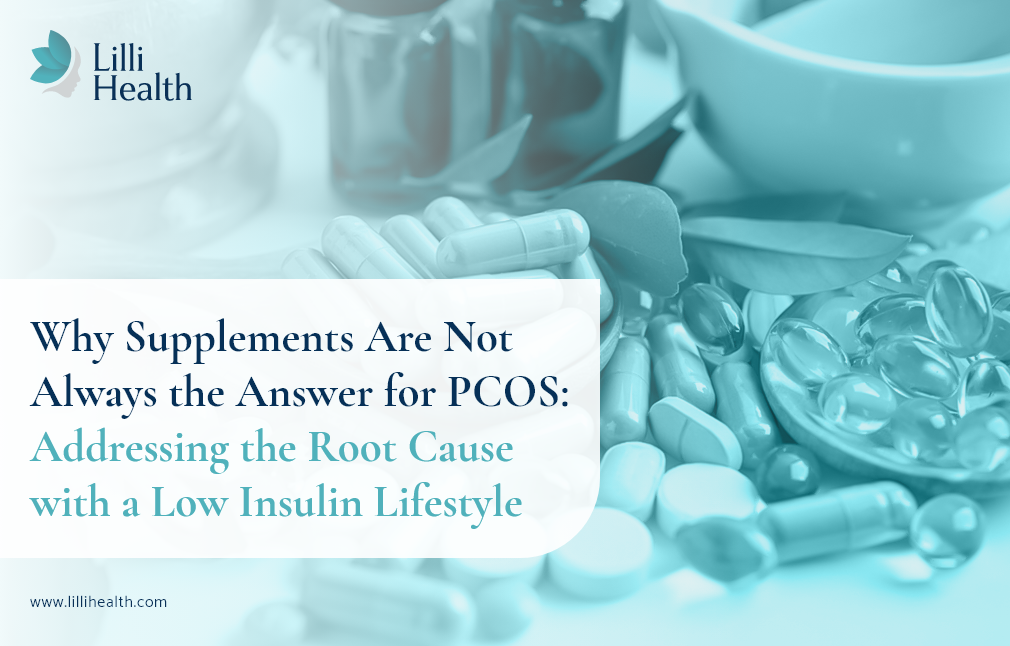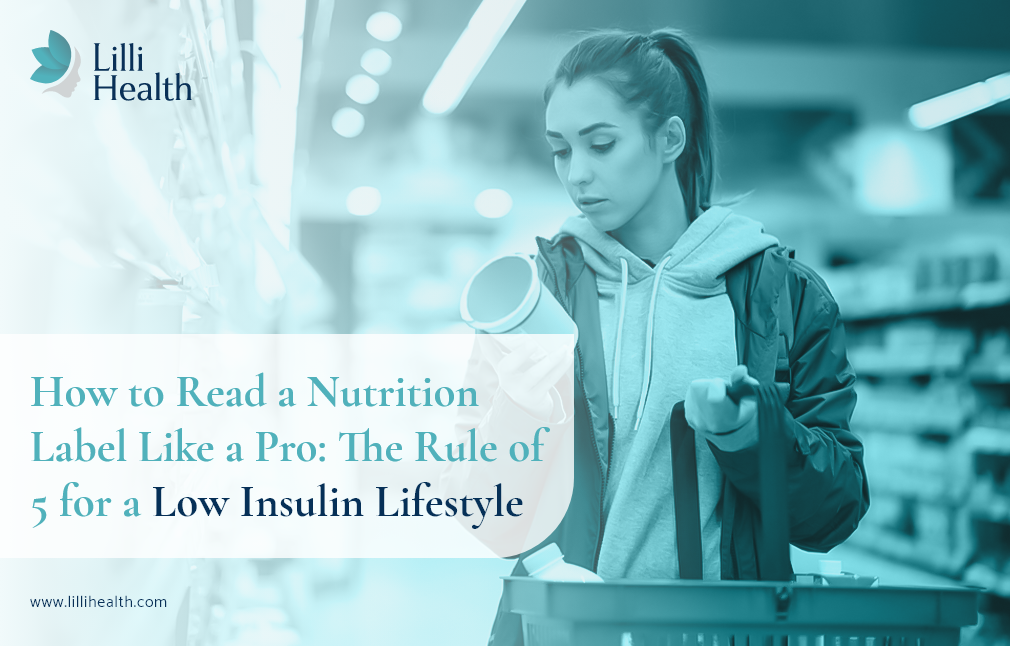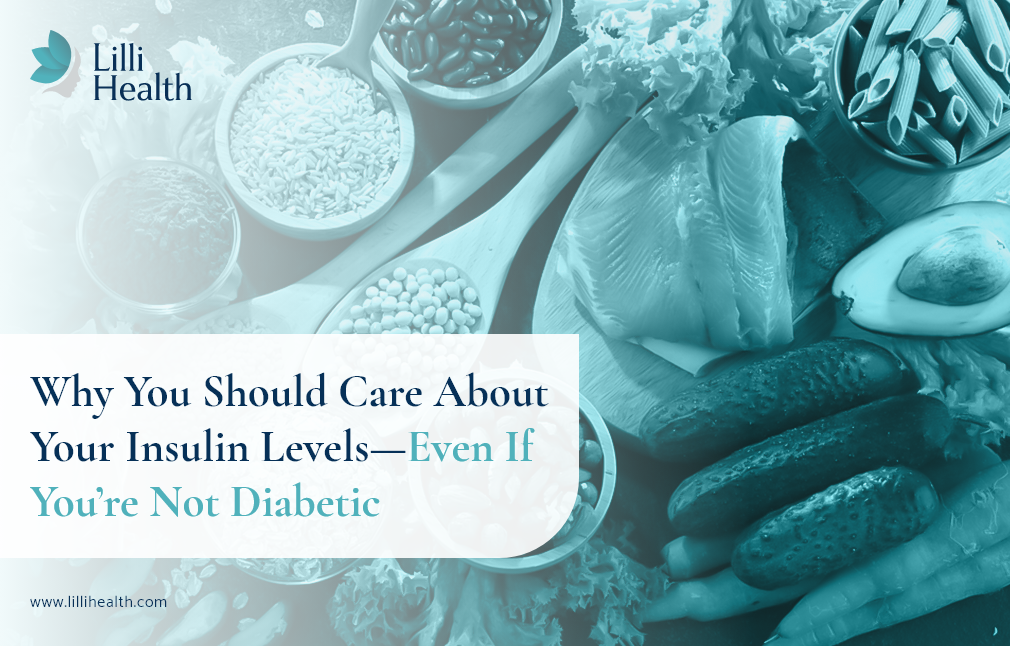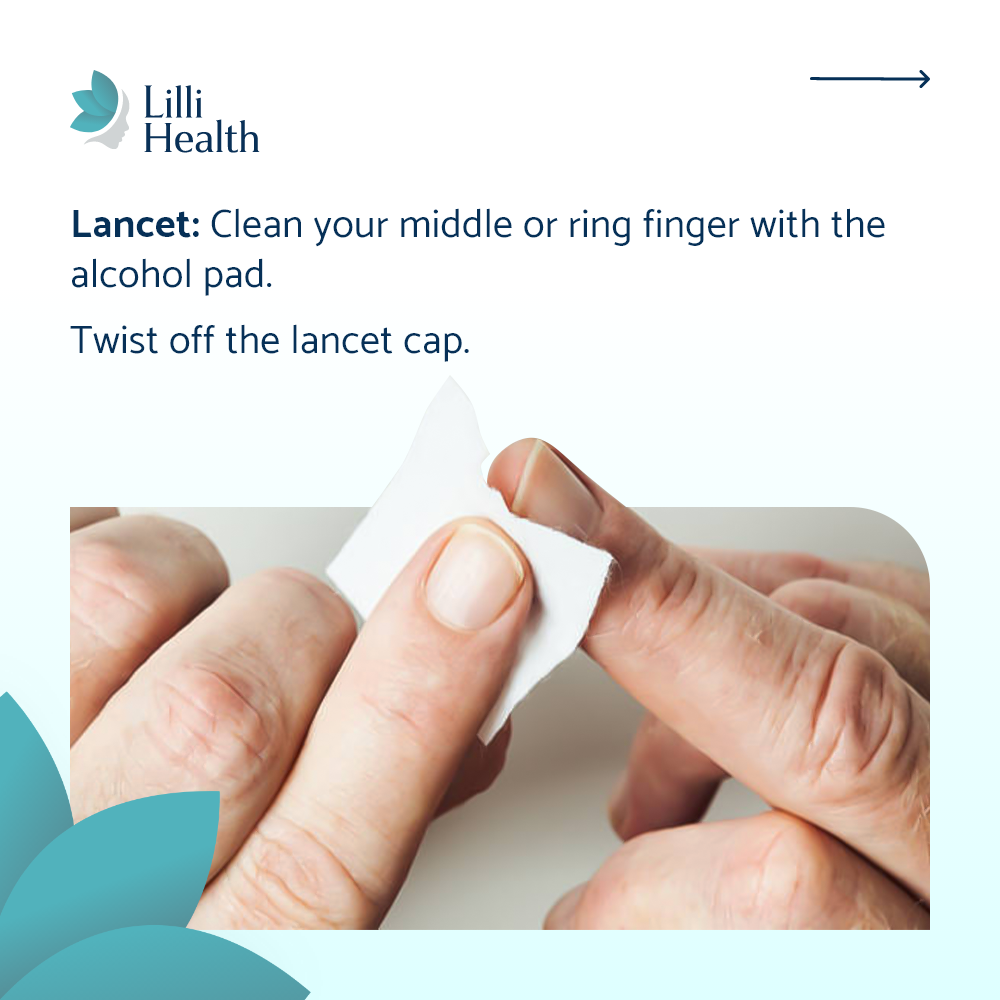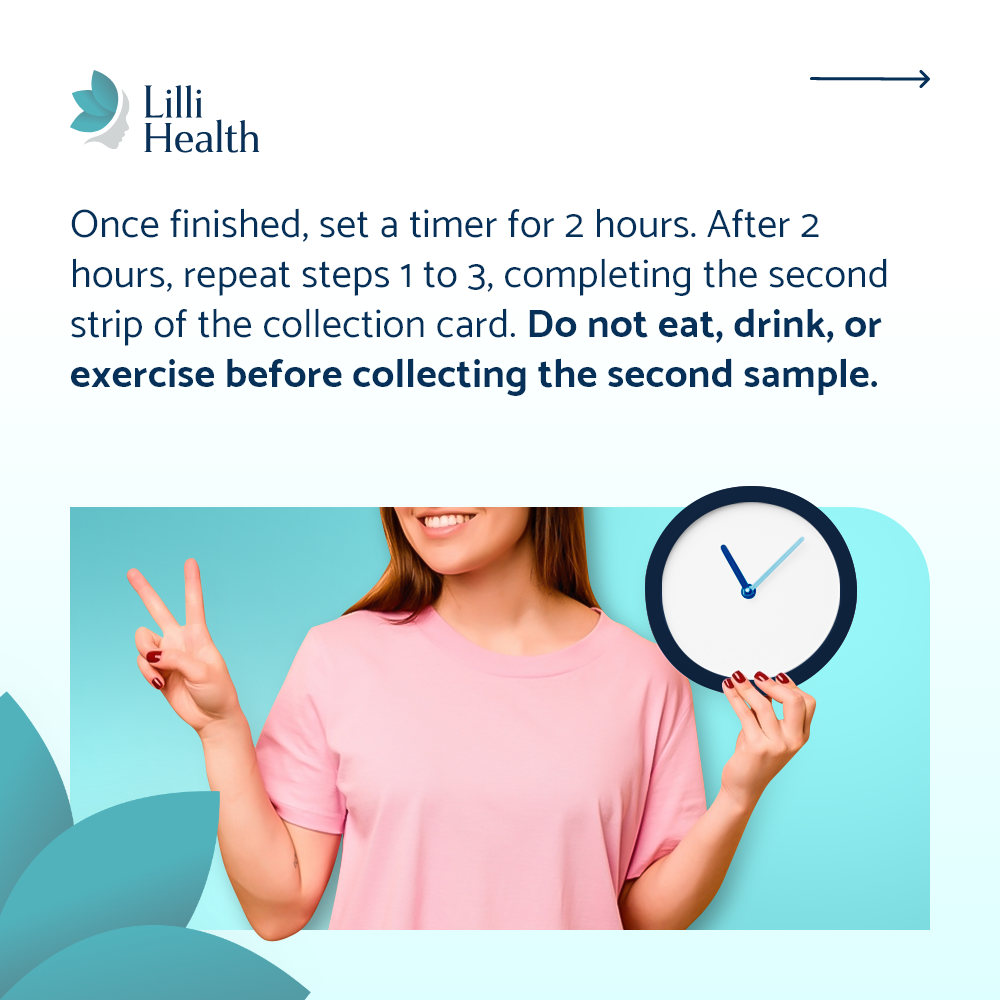

Lilli for Vegetarians
Embracing a vegetarian lifestyle can be a wonderful choice for your health and the planet. Research has shown that a well-planned vegetarian diet can provide all the necessary nutrients for optimal well-being. However, it’s essential to approach it with a “well-planned” mindset to ensure you’re meeting your nutritional needs.
While vegetarian diets can be nutrient-rich, it’s important to be mindful of potential nutrient deficiencies that may occur if your diet is poorly planned. Nutrients such as protein, iron, zinc, calcium, vitamin B12, and omega-3 fatty acids deserve special attention. By incorporating a variety of nutrient-dense foods into your vegetarian diet, you can meet these needs and thrive. Scroll to the bottom for a Tofu and Vegetable Stir Fry recipe!
When it comes to protein, many vegans and vegetarians turn to grains and legumes, but it’s worth noting that these foods can be high in starch. In a low insulin lifestyle, it’s advisable to focus on alternative protein sources that are lower in starch and can help maintain insulin balance. Nuts, seeds, and unprocessed or minimally processed soy products are excellent choices for obtaining protein while avoiding excessive starch. Including Greek yogurt, cheese, and eggs can be beneficial for vegetarians to meet their protein and nutrient requirements.
When choosing soy products, it’s best to opt for unprocessed or minimally processed options like edamame, tofu, and unsweetened soymilk. These sources provide protein and other essential nutrients without the addition of starch. Processed soy products, on the other hand, should be consumed in moderation. By incorporating a variety of nuts, seeds, and unprocessed soy into your diet, you can enjoy ample protein and fiber without compromising your insulin levels.

Don’t let your plant-based diet become a starch-based diet.
It’s crucial to emphasize that a plant-based low insulin lifestyle is not only possible but also a fantastic way to boost your overall well-being. While the term “plant-based” is often used, it’s more accurate to refer to it as a “produce-based” diet. This distinction is important because many individuals following a plant-based diet inadvertently consume excessive starch, which can hinder their weight management goals.
To prevent your plant-based diet from becoming starch-based, it’s essential to explore the wealth of healthy vegan and vegetarian options that do not spike insulin levels. By incorporating these foods rich in healthy fats, protein, vitamins, and minerals, you can create a well-rounded and satisfying eating plan that supports your health goals.
Remember, knowledge and mindful planning are key to successfully navigating a vegetarian lifestyle. By focusing on nutrient-dense, low-starch options, you can enjoy the benefits of a plant-based diet while maintaining insulin balance and supporting your overall health. So go ahead and embrace the abundance of delicious and nutritious plant-based options available to you, and embark on your journey towards optimal well-being.
References
- Krezowski PA, Nuttall FQ, Gannon MC, Billington CJ, Parker S. Insulin and Glucose Responses to Various Starch-Containing Foods in Type II Diabetic Subjects. Diabetes Care. 1987;10(2):205-212. doi:10.2337/diacare.10.2.205
- Gannon MC, Nuttall FQ, Westphal SA, Fang S, Ercan-Fang N. Acute Metabolic Response to High-Carbohydrate, High-Starch Meals Compared With Moderate-Carbohydrate, Low-Starch Meals in Subjects With Type 2 Diabetes. Diabetes Care. 1998;21(10):1619-1626. doi:10.2337/diacare.21.10.1619
- Feng R, Du S, Chen Y, et al. High carbohydrate intake from starchy foods is positively associated with metabolic disorders: A Cohort Study from a Chinese population. Sci Rep. 2015;5. doi:10.1038/srep16919
- Shanik MH, Xu Y, Skrha J, Dankner R, Zick Y, Roth J. Insulin resistance and hyperinsulinemia: is hyperinsulinemia the cart or the horse? Diabetes Care. 2008;31 Suppl 2. doi:10.2337/dc08-s264
- Page MM, Johnson JD. Mild Suppression of Hyperinsulinemia to Treat Obesity and Insulin Resistance. Trends in Endocrinology and Metabolism. 2018;29(6). doi:10.1016/j.tem.2018.03.018
- Abdul-Ghani M, DeFronzo RA. Insulin Resistance and Hyperinsulinemia: The Egg and the Chicken. Journal of Clinical Endocrinology and Metabolism. 2021;106(4). doi:10.1210/clinem/dgaa364
Tofu and Vegetable Stir Fry
Ingredients:
- 1 block of firm tofu, drained and cut into cubes
- 2 tablespoons coconut oil or avocado oil
- 2 cloves garlic, minced
- 1 teaspoon grated ginger
- 1 small onion, thinly sliced
- 1 bell pepper, sliced
- 1 medium zucchini, sliced
- 1 cup broccoli florets
- 2 tablespoons low-sodium soy sauce or tamari (gluten-free option)
- 1 tablespoon rice vinegar
- 1 teaspoon sesame oil
- Salt and pepper to taste
- Optional toppings: sesame seeds, chopped green onions

Instructions:
-
Heat a large skillet or wok over medium-high heat and add the coconut oil or avocado oil. Allow the oil to heat up.
-
Add the minced garlic and grated ginger to the hot oil and stir-fry for about 30 seconds until fragrant.
-
Add the sliced onion to the skillet and cook for 2-3 minutes until it becomes translucent and slightly caramelized.
-
Add the tofu cubes to the skillet and cook for 5-6 minutes, flipping occasionally, until they turn golden brown and crispy on the edges.
-
Add the bell pepper, zucchini, and broccoli florets to the skillet. Stir-fry the vegetables for about 3-4 minutes until they become tender-crisp.
-
In a small bowl, whisk together the soy sauce or tamari, rice vinegar, and sesame oil. Pour the sauce over the stir-fry mixture in the skillet.
-
Stir-fry for another 1-2 minutes until the sauce coats the tofu and vegetables evenly. Season with salt and pepper to taste.
-
Remove the skillet from heat and garnish with sesame seeds and chopped green onions, if desired.
-
Serve the tofu and vegetable stir fry hot as a main dish or with cauliflower rice.
